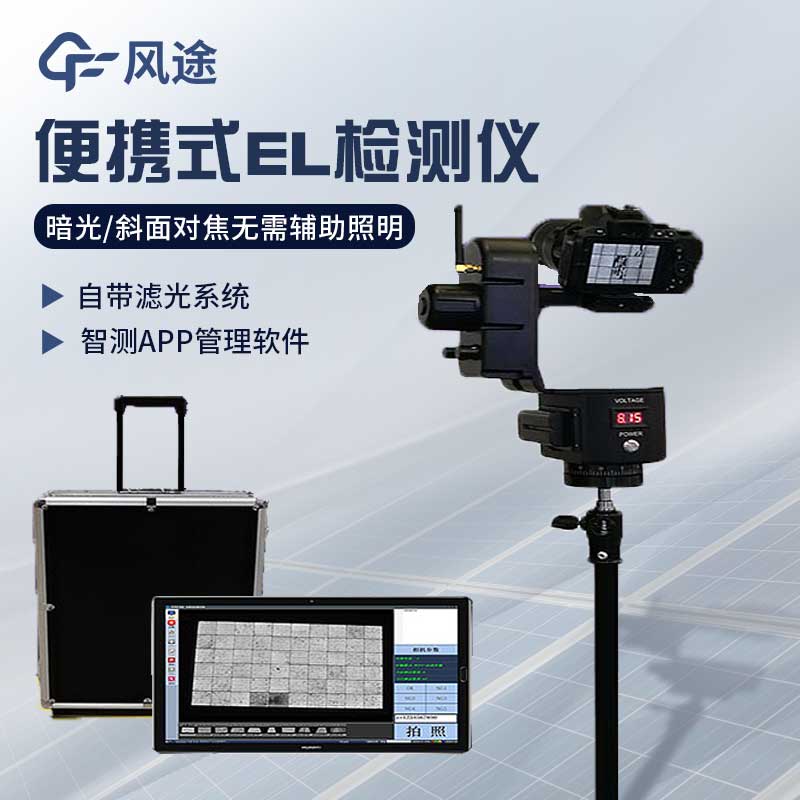Meteorological environment monitoring equipment supplier
Insist on doing high-precision customer favorite technology products
In the photovoltaic industry, grid line breakage is a common cell defect, referring to the fracture or discontinuity of the metal electrode grid lines on the cell. The metal electrode grid lines serve to collect the photogenerated carriers produced on the cell surface and conduct them to the external circuit. When grid line breakage occurs, carriers in some areas cannot be effectively exported, leading to a decline in the electrical performance of the cell, such as a decrease in short-circuit current and conversion efficiency, thereby affecting the power generation efficiency and output power of the entire solar panel.
The causes of grid line breakage are complex. On the one hand, mechanical stress experienced during cell production, such as collisions during handling or processing, may cause the fine grid lines to break; on the other hand, improper operation in the welding process, such as incomplete welding of solder joints, can also easily lead to the fracture of fine grid lines.
Therefore, to prevent grid line breakage, it is necessary to start from all stages of the manufacturing process. In the cell manufacturing process, production process parameters should be strictly controlled. For example, in the screen printing process, ensure that parameters such as printing pressure, speed, paste viscosity, and curing temperature are within the appropriate range to prevent grid line breakage caused by improper processes. It is also necessary to handle the cells with care during transportation and packaging to avoid grid line damage caused by external impacts.
In the final quality inspection link, EL (Electroluminescence) testing should be carried out for monitoring. It is recommended to sample at least 10 pieces per hour. Once abnormalities are found, production should be stopped immediately, the abnormal batches should be isolated, and solutions should be investigated.
The EL detector mentioned here is an important tool for effectively preventing grid line breakage. Its working principle is to apply a forward bias voltage to the solar panel, causing electrons and holes to recombine and emit light inside the cell, and capture the light emission image to reflect the internal defects of the cell. If grid line breakage occurs, the EL detector can accurately capture the dark spot characteristics of the broken grid area in the image. This is because the broken grid area cannot generate and conduct carriers to emit light like the normal area, so it forms a clear contrast in the EL image.
On the production line, by using an EL detector to inspect each cell, it can quickly and accurately screen out cells with grid line breakage defects, prevent these defective cells from entering the subsequent packaging process, effectively prevent performance problems of solar panels caused by grid line breakage, and ensure product quality and power generation efficiency.
In fact, the EL detector can not only detect grid line breakage but also identify issues such as hidden cracks, broken pieces, fragments, black cores, virtual soldering, process pollution, low-efficiency cells, black edges, sintering defects, over-etching, perforations, etc. Therefore, it is also known as a Solar Panel Tester.
